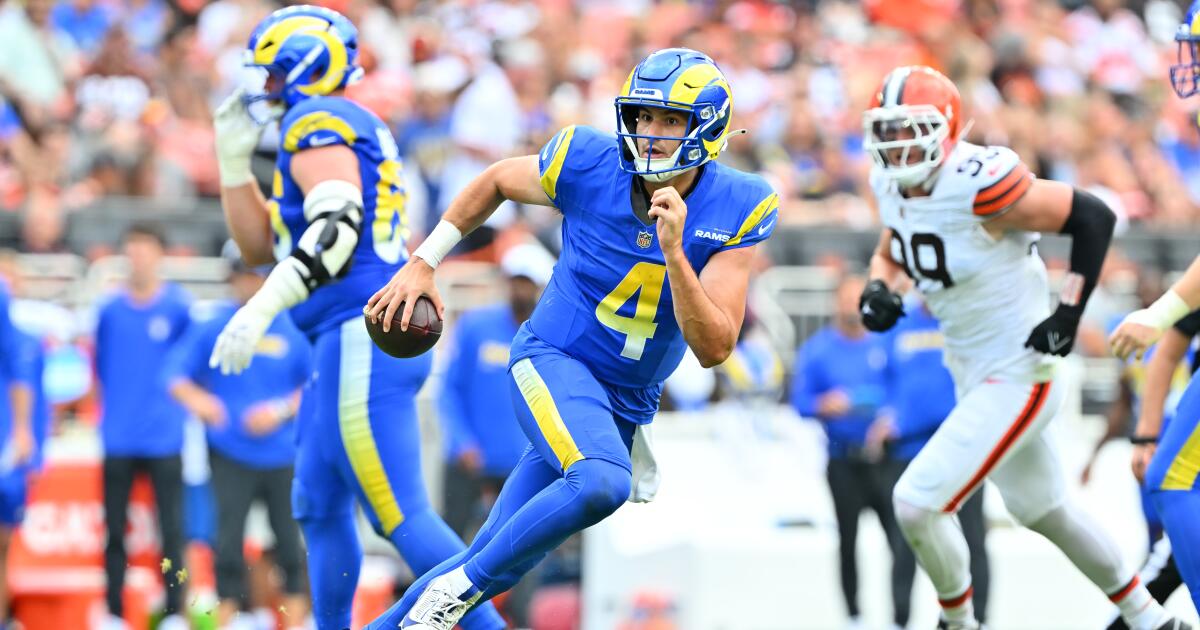Bubble or boom? What to watch as risks grow amid record market rally
An estimated half a trillion dollars was wiped out from the financial markets this week, as some of the biggest tech companies, including Nvidia, Microsoft, and Palantir Technologies saw a temporary but sizeable drop in their share prices on Tuesday. It may have been just a short-lived correction, but experts warn of mounting signs of a financial market crash, which could cost several times this amount.
With dependence on tech and AI growing, critics argue that betting on these profits is a gamble, stressing that the future remains uncertain.
Singapore’s central bank joined a global chorus of warnings from the IMF, Fed Chair Jerome Powell, and Andrew Bailey about overvalued stocks.
The Monetary Authority of Singapore said on Wednesday that such a trend is fuelled by “optimism in AI’s ability to generate sufficient future returns”, which could trigger sharp corrections in the broader stock market.
Goldman Sachs and Morgan Stanley predict a 10–20% decline in equities over the next one to two years, their CEOs told the Global Financial Leaders’ Investment Summit in Hong Kong, CNBC reported.
Experts interviewed by Euronews Business also agree that a sizeable correction could be on the way.
In a worst-case scenario, a market crash could wipe out trillions of dollars from the financial markets.
According to Mathieu Savary, chief European strategist at BCA Research, Big Tech companies, including Nvidia and Alphabet, would cause a $4.4 trillion (€3.8tn) market wipeout if they were to lose just 20% of their stock value.
“If they go down 50%, you’re talking about an $11tr (€9.6tr) haircut,” he said.
AI rally: Bubble or boom?
The US stock market has defied expectations this year. The S&P 500 is up nearly 20% over the past 12 months, despite geopolitical tensions and global trade uncertainty driven by Washington’s tariff policies. Gains have been strongest in tech, buoyed by optimism over future AI profits.
While Big Tech continues to deliver, with multibillion-dollar AI investments and massive infrastructure buildouts now routine, concerns are growing over a slowing US economy, compounded by limited data during the government shutdown. Once fresh figures emerge, they could rattle investors.
AI enthusiasm is most evident in Nvidia’s extraordinary stock gains and soaring valuation. The company is central to the tech revolution as its graphics processing units (GPUs) are essential for AI computing.
Nvidia’s shares have surged over 3,000% since early 2020, recently making it the world’s most valuable public company. Between July and October alone, it gained $1tr (€870bn) in market capitalisation — roughly equal to Switzerland’s annual GDP. Its stock trades at around 45 times projected earnings for the current fiscal year.
Derren Nathan, head of equity research at Hargreaves Lansdown, said: “Much of this growth is backed by real financial progress, and despite the massive nominal increase in value, relative valuations don’t look overstretched.”
Analysts debate whether the current market mirrors the dot-com bubble of 2000. Nathan notes that many tech companies that failed back then never reached profitability, unlike today’s giants, which generate strong revenues and profits, with robust demand for their products.
Ben Barringer, global head of technology research at Quilter Cheviot, added: “With governments investing heavily in AI infrastructure and rate cuts likely on the horizon, the sector has solid foundations. It is an expensive market, but not necessarily a screaming bubble. Momentum is hard to sustain, and not every company will thrive.”
BCA Research sees a bubble forming, though not set to burst immediately. Chief European strategist Mathieu Savary said such bubbles historically peak when firms begin relying on external financing for large projects.
Investments in assets for future growth, or capital expenditures, as a share of operating cash flow, have jumped from 35% to 70% for hyperscalers, according to Savary. Hyperscalers are tech firms such as Microsoft, Google, and Meta that run massive cloud computing networks.
“The share of operating earnings is likely to move above 100% before we hit the peak,” Savary added. This means that they may soon be investing more than they earn from operations.
Recent examples of Big Tech firms turning to external financing for such moves include Meta’s Hyperion project with Blue Owl Capital and Alphabet’s €3 billion bond issue for AI and cloud expansion.
While AI investment growth is hard to sustain, Quilter’s Barringer told Euronews: “If CapEx starts to moderate later this year, markets may start to get nervous.”
Other factors to watch include return on invested capital and rising yields and inflation pressures, which could signal a higher cost of capital and a bubble approaching its end.
“But we’re not there yet,” said Savary.
Further concerns and how to hedge against market turbulence
Even as tech companies ride the AI wave, inflated expectations for future profits may prove difficult to meet.
“The sceptics’ main problem may not be with AI’s potential itself, but with the valuations investors are paying for that potential and the speed at which they expect it to materialise,” said AJ Bell investment director Russ Mould.
A recent report by BCA reflects the mounting reasons to question the AI narrative, but the technology “remains a potent force”, said the group.
If investor optimism does slow, “a sharp correction in tech could still have ripple effects across broader markets, given the sector’s dominant weight in global indices,” Barringer said. He added that other regions and asset classes, such as bonds and commodities, would be less directly affected and could provide an important balance during a downturn.
According to Emma Wall, chief investment strategist at Hargreaves Lansdown, “investors should use this opportunity to crystallise impressive gains and diversify their portfolios to include a range of sectors, geographies and asset classes — adding resilience to portfolios. The gold price tipping up is screaming a warning again — a siren that this rally will not last.”


